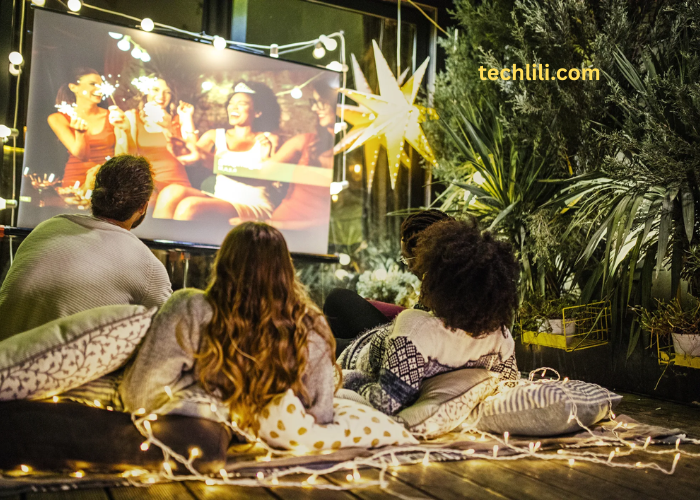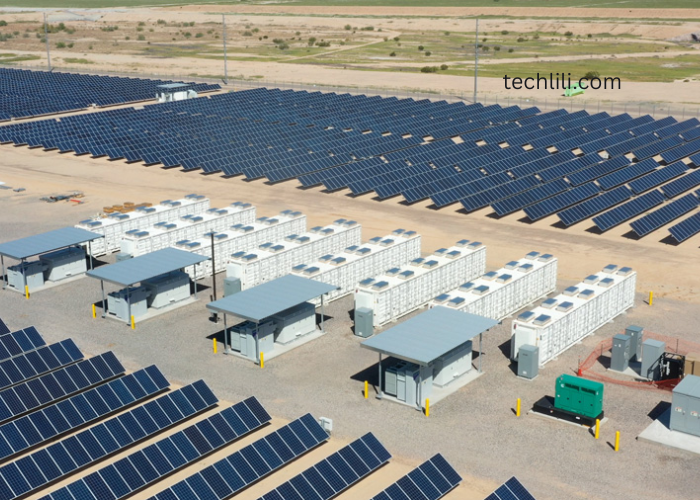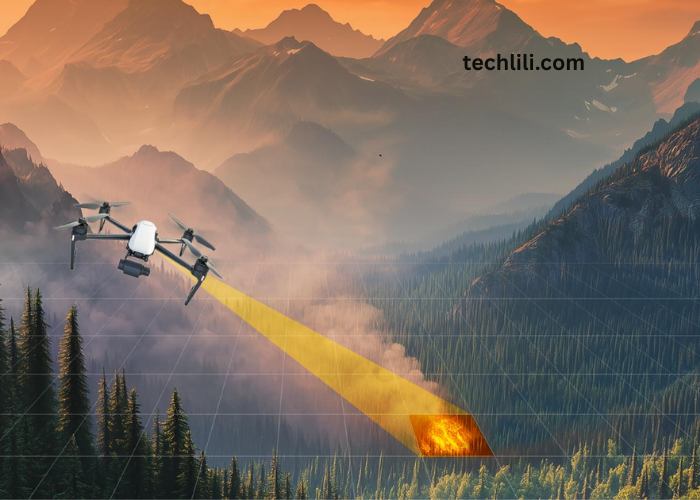
Nature has always had the power to elevate experiences. From open-air concerts to pop-up workshops in parks, outdoor events offer something uniquely memorable, such as space to breathe, think, and connect. As more organizers design events with environmental values in mind, outdoor venues have become an appealing choice for reducing impact. Platforms like Brown Paper Tickets, which offer accessible ticketing and event management tools, help lay the groundwork for these experiences by simplifying digital ticketing and supporting early touchpoints that are efficient and waste-free. When logistics are aligned with intention, every element of the event feels more grounded and genuine.
Outdoor events aren’t automatically sustainable just because they’re held outside. The benefit depends on how the event is planned, how attendees arrive, how waste is managed and how the natural space is respected. It’s the decisions behind the scenes that transform a gathering into one that truly reflects shared values.
Letting the Environment Guide the Design
Planning an outdoor event starts with observing the landscape. Rather than forcing a rigid structure onto a natural space, sustainable planning works with what is already there. It means using topography, shade, and natural light to guide layout decisions. A grove of trees might serve as a breakout space, a hillside can become organic seating, and an open field might lend itself to a modular setup that doesn’t require heavy infrastructure.
Natural spaces also offer built-in ambiance. Organizers don’t need excessive decor when the surroundings already provide visual interest. Letting the setting shine reduces material waste and setup demands.
Smaller Footprint, Bigger Intent
When used with care, outdoor venues offer an opportunity to lower energy and waste footprint. It starts with reducing equipment needs and avoiding unnecessary imports to the site. Solar lighting, daylight-driven schedules and battery-powered AV setups reduce generator use. Renting reusable items and working with local vendors helps avoid single-use materials and long-haul shipping. Waste stations, when clearly labeled and placed strategically, become educational and functional. Composting, recycling and refill areas should be part of the layout, not an afterthought.
Menus can also reflect sustainability, favoring seasonal, plant-forward options that minimize packaging and food waste. Signage and staff can guide guests in making planet-friendly choices. Water stations with reusable cups or bottles cut down on plastics while encouraging hydration. Even restrooms can align with sustainability goals through composting toilets or greywater systems.
Clear Logistics, Smooth Experience
Outdoor events come with unique logistics, but thoughtful planning turns those into strengths rather than pain points. The location should be accessible on foot, by bike, or by public transit. Encouraging carpooling and offering maps, shuttles or valet bike parking all contribute to reduced emissions and guest satisfaction.
Planners can ease potential weather-related stress by preparing guests ahead of time, sharing what to bring, what is available on-site, and how to stay comfortable. Platforms like Brown Paper Tickets help make these pre-event communications simple and efficient, keeping guests informed and reducing the need for printed reminders or last-minute signage.
Designing With Natural Flow
The best outdoor events feel intuitive. They move guests through experiences without needing rigid schedules or physical boundaries. Programming that fits the environment, like meditation near water, panels in shady areas or performances in open spaces, uses the landscape to support engagement.
Quiet corners, reflective paths, or visual markers encourage natural movement. Instead of recreating an indoor format outside, thoughtful design allows the setting to guide the tone. Breaks feel better with a view, and transitions are smoother when they follow footpaths instead of forcing new ones.
Land Respect as a Design Principle
Hosting events outdoors requires more than an appreciation for nature. It calls for active stewardship. Understanding local ecosystems, following land use guidelines, and working with conservation groups ensures the event doesn’t harm the space it occupies. That includes staying on trails, minimizing ground impact, and using structures that don’t require drilling or deep anchoring.
Noise levels, lighting, and human activity should also be calibrated to the site. If wildlife is nearby, keeping distance and reducing light pollution supports coexistence. Guests notice when organizers take care. Respect for the land builds trust, and that connection becomes part of what attendees remember. Every choice, from speaker placement to trash disposal, signals values. When nature is honored, guests feel more grounded and connected to the environment.
Thoughtful Food and Vendor Decisions
Food service at outdoor events presents both risk and reward. With limited infrastructure, planners need to be strategic, but that’s also an opportunity to align with sustainability goals. Local food trucks, compostable dishware, plant-based menus, and refill stations are all achievable with the right vendor relationships. Reducing packaging, simplifying distribution, and working with businesses that share your values strengthens your message. Sourcing hyper-local can also tell a story. Highlighting ingredients or products from the region connects guests to a place and supports smaller economies.
Community Partnerships and Local Impact
Outdoor spaces are often shared spaces. Events held in parks, gardens or waterfronts impact more than just the guests, but they engage neighborhoods and local networks. Involving nearby organizations, such as environmental nonprofits, artists, schools, or farmers and technology gives the event broader relevance. These organizations can lead sessions, host booths or co-sponsor outreach, and their presence adds authenticity. Platforms help manage community partner coordination, guest registration, and ongoing messaging. These backend efficiencies free up time and energy for the intentional work of shaping an experience that feels connected to both people and place.
Leave No Trace and Lasting Impressions
Sustainability doesn’t stop when the event ends. Outdoor gatherings should leave the space in as good, or better, condition as they found it. It includes organized cleanup crews, waste removal partnerships, and debriefs with land managers. It also means thanking the community, vendors, and volunteers, and sharing the impact with guests. Follow-up communications can highlight what was achieved, how much was composted, how local vendors benefited, or how many single-use items were avoided. That kind of closure brings attendees into the mission and shows that their presence mattered.




